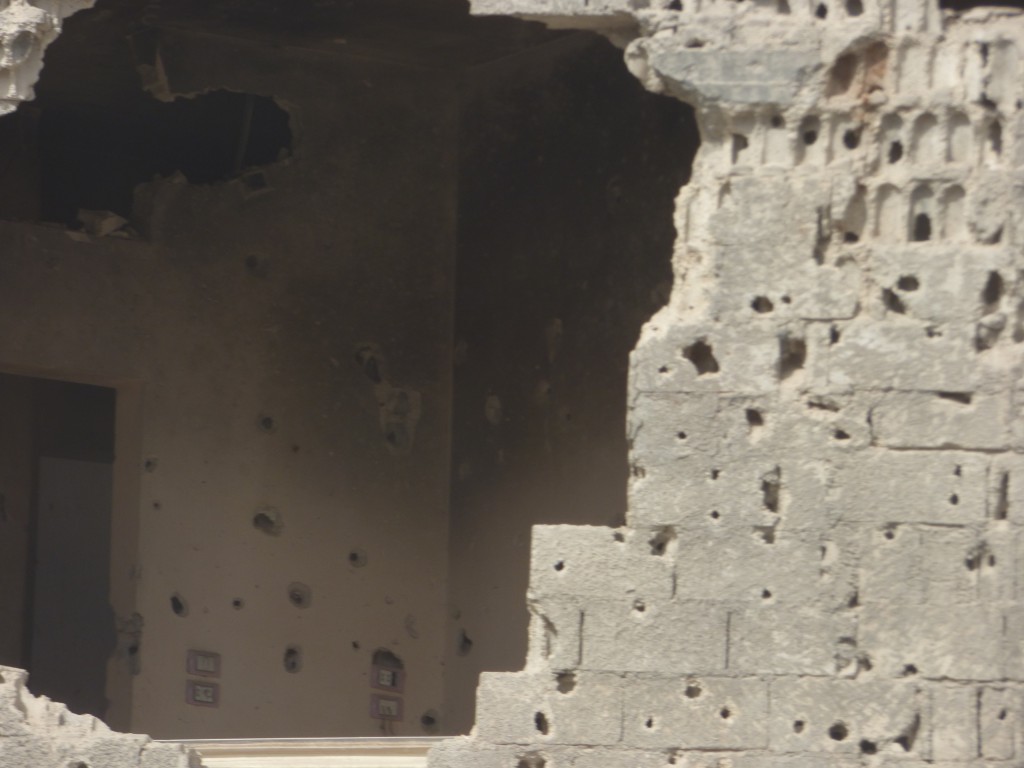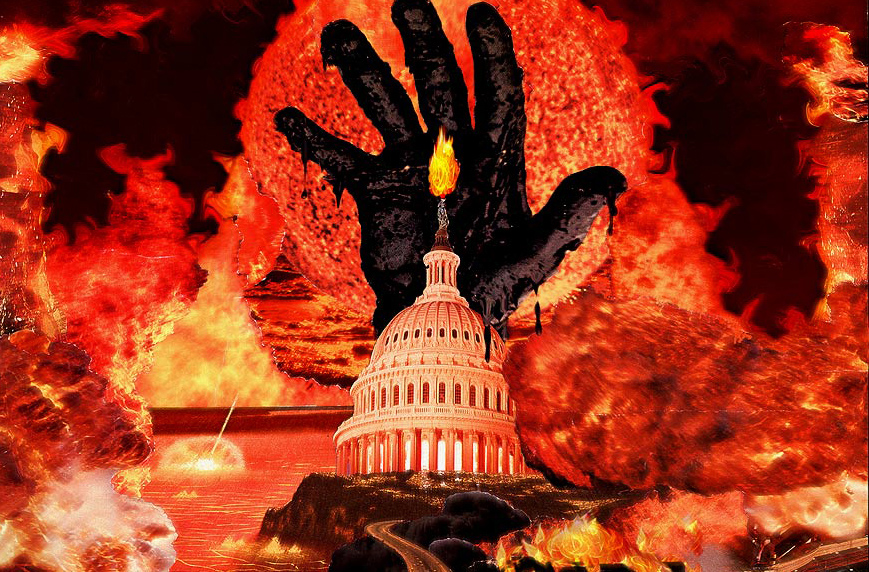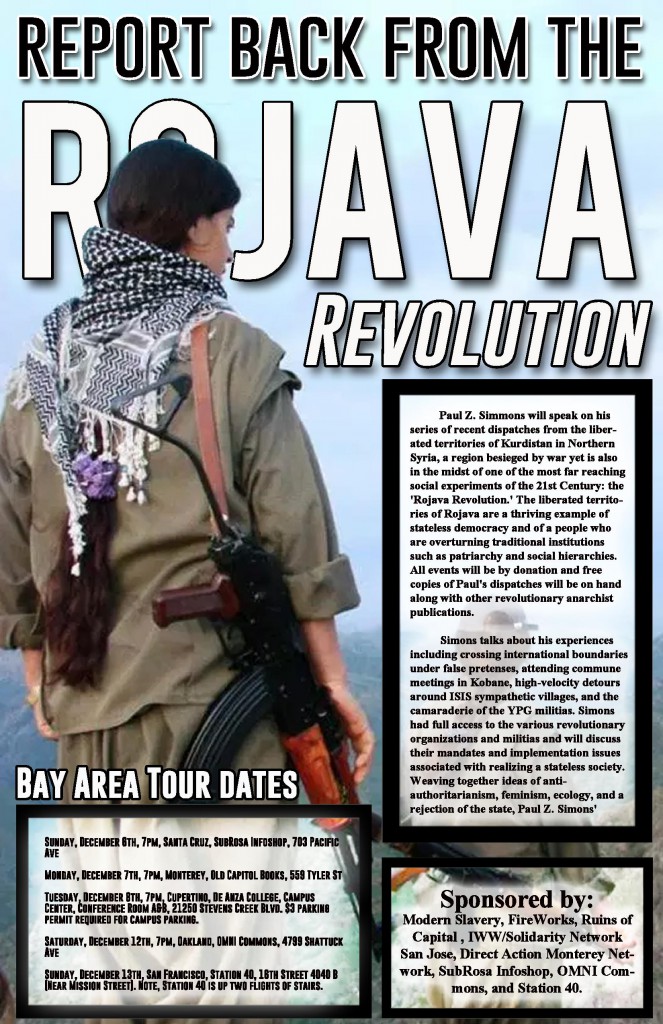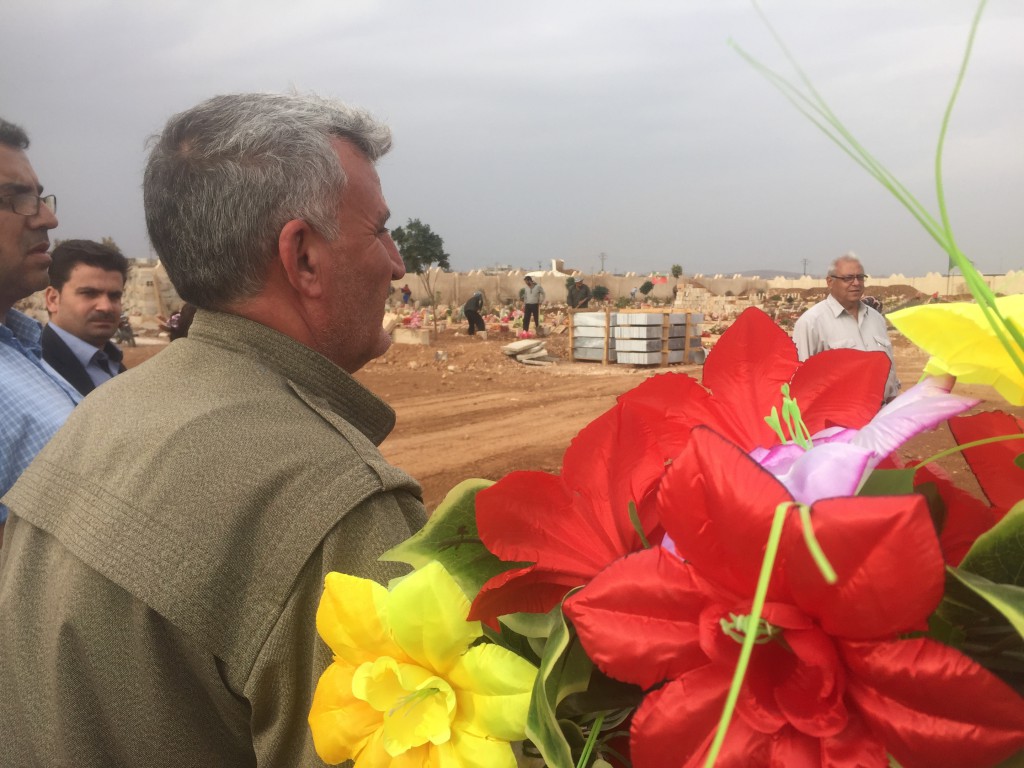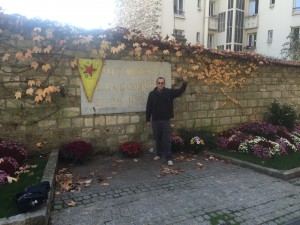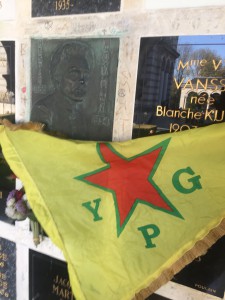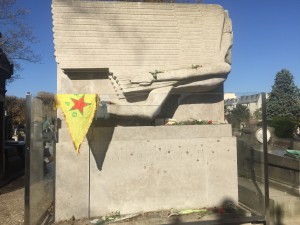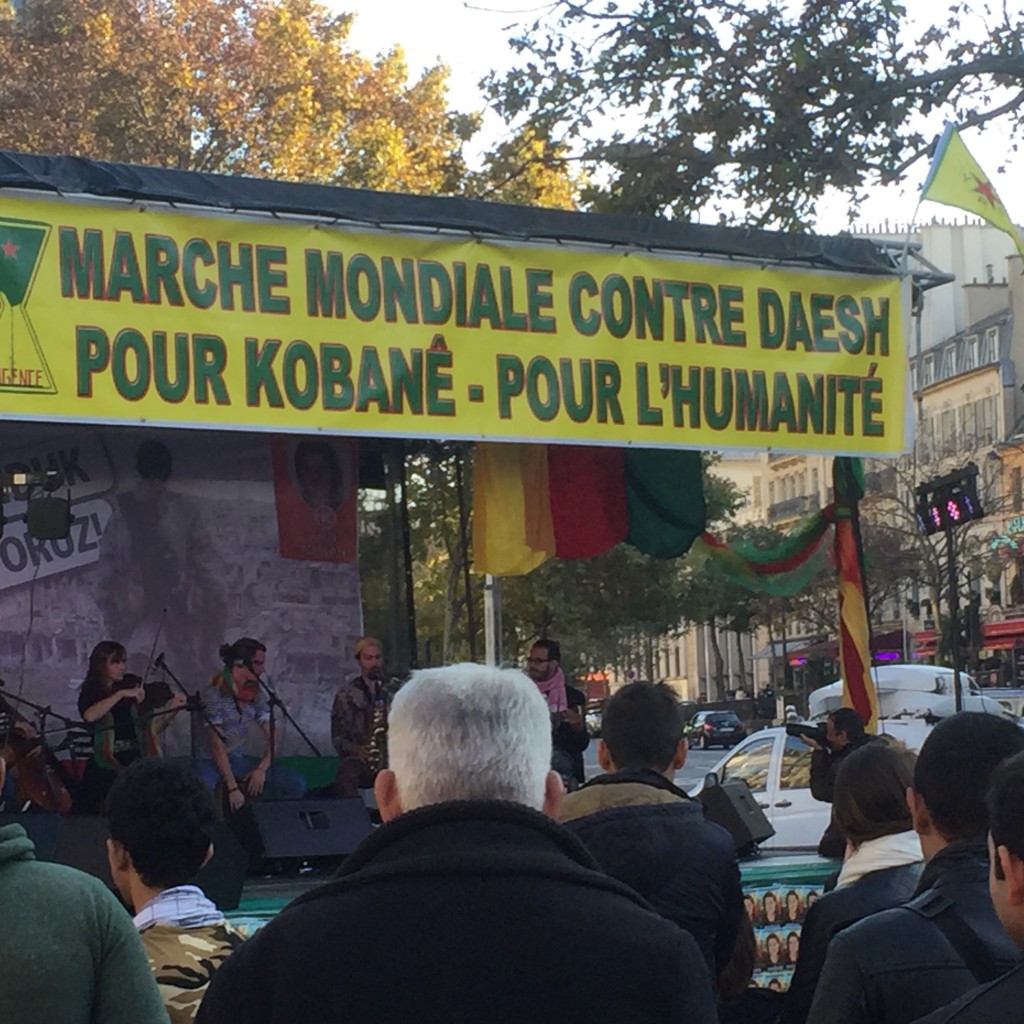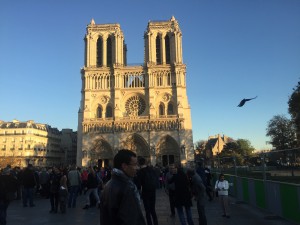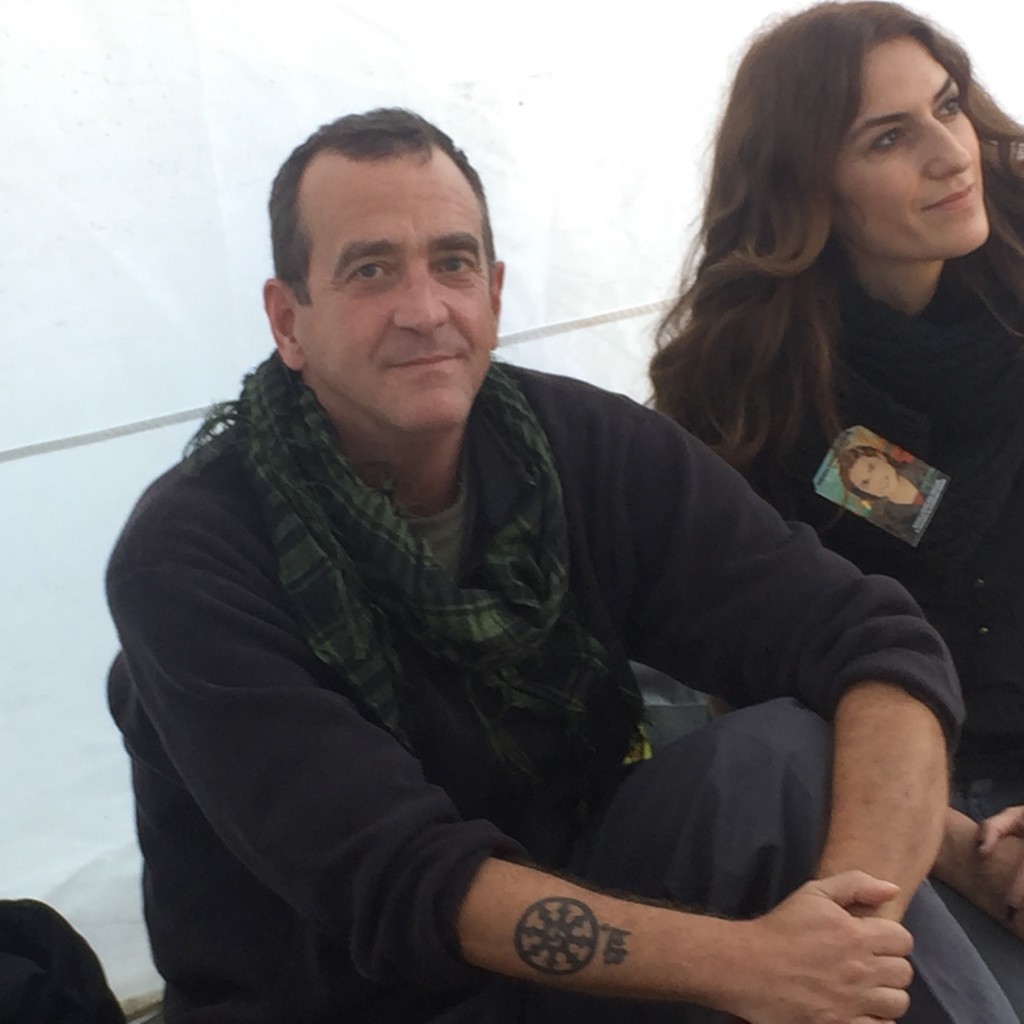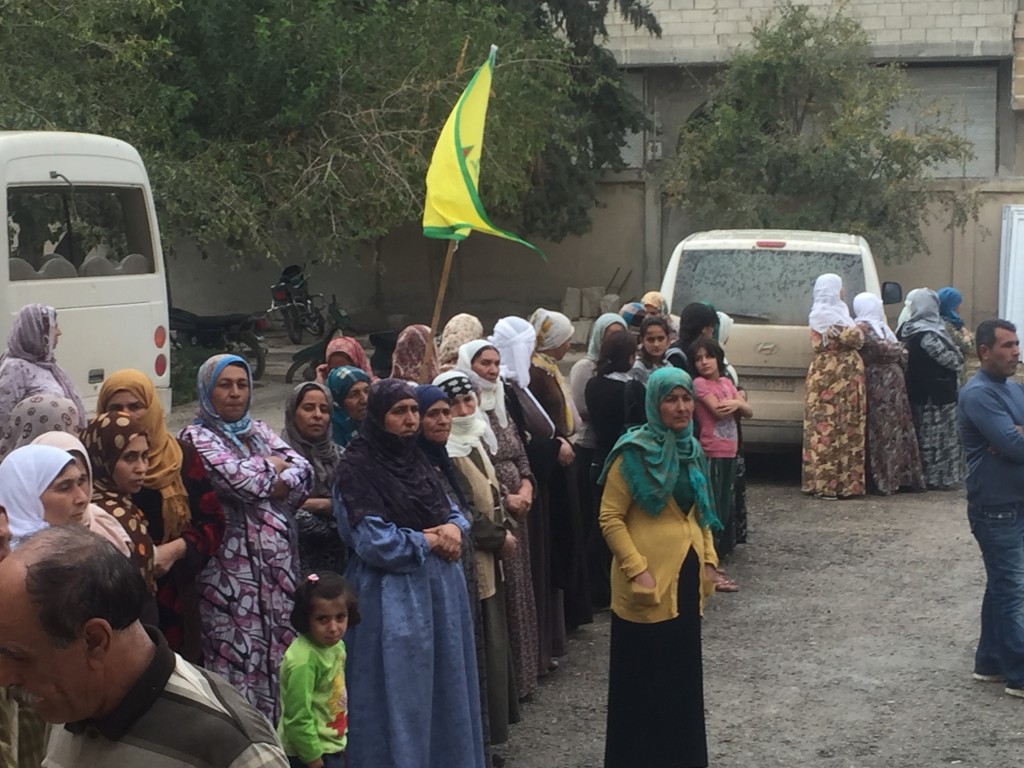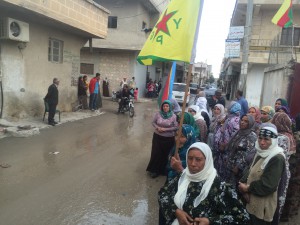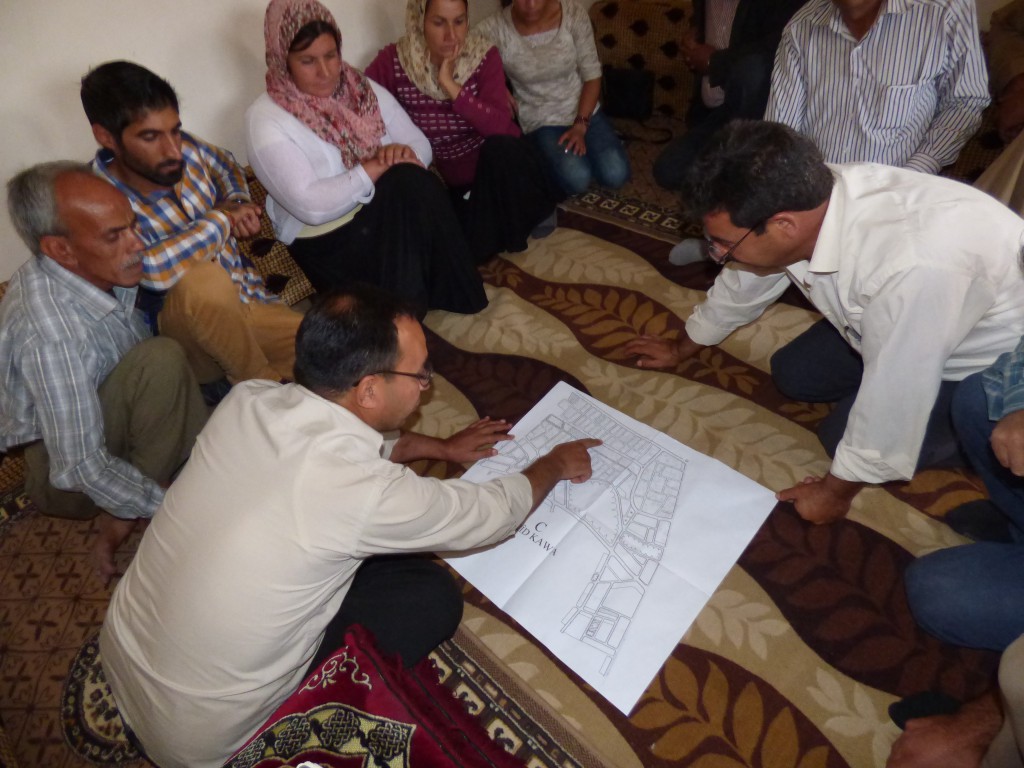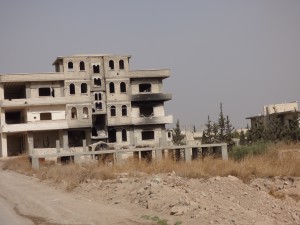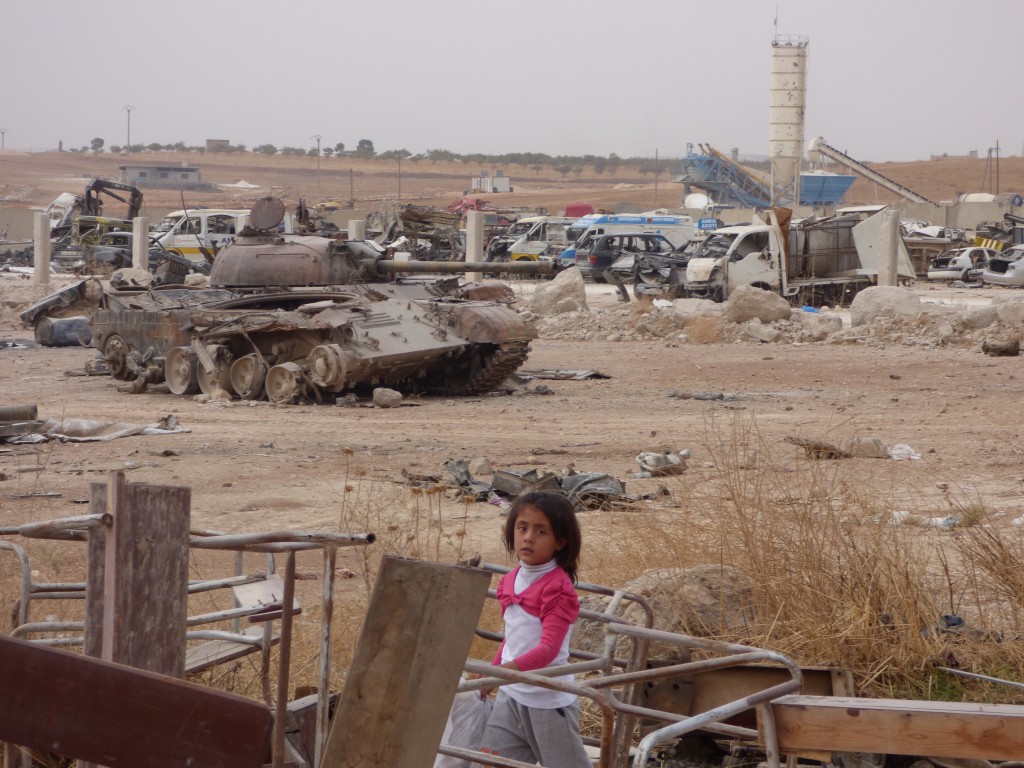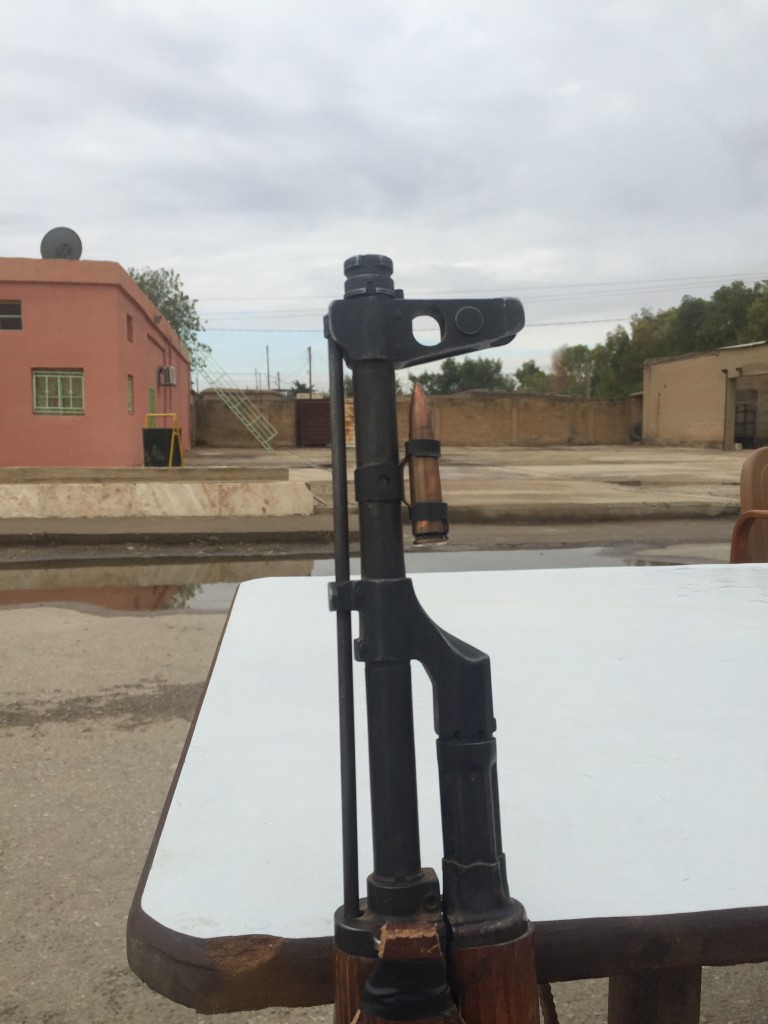
YPG dimeşe, erd û ezman diheje
(YPG marches, earth and heavens tremble)
—YPG motto
El Errante
“Wait….what….we’re lost?” Mohammed the translator nods and I turn to the driver. He shrugs. I had headed out in Qamishli to do an interview about the Hêza Parastina Cewherî (HPC, Self Defense Forces), the new citizens’ militia formations in Rojava. The driver — per every other taxi driver on earth — knew a short cut that would get us there on time, guaranteed. Problem was he knew where we were, but couldn’t find the address of the HPC. So as we sat on a corner deciding what to do, I noticed several yellow YPG flags floating over an old fence. The driver pointed and shrugged, indicating maybe they know. Couldn’t hurt.
The Yekîneyên Parastina Gel (YPG, People’s Defense Units) and the Yekîneyên Parastina Jinê (YPJ, Women’s Defense Units) are the armed backbone of the Revolution. The YPG, formed in 2004 (YPJ in 2012), is no army. It is a militia, a people armed, in the best sense of the word.
Some facts…
YPG/J Organization (Unit Name and Size)
1) Team, 6 – 10 fighters.
2) Suite, 2 Teams, 12 – 20 fighters.
3) Block (Kurmanji—garug), 2 suites, 24 – 40 fighters.
4) Company, 2 Blocks, 48 – 80 fighters.
5) Estimated Total YPG/J Census, 50,000 fighters
6) There are no officers. When engaged in operations, the fighters choose (by vote or consensus) Team/Suite/Block/Company Leaders. When idle, there is no leadership structure at any level, save Regional Commands. Commanders are chosen (vote or consensus) for regions and Cantons (Kobane, Qamishli) and can only serve six months in any given commando. They are then replaced. There is no re-election.
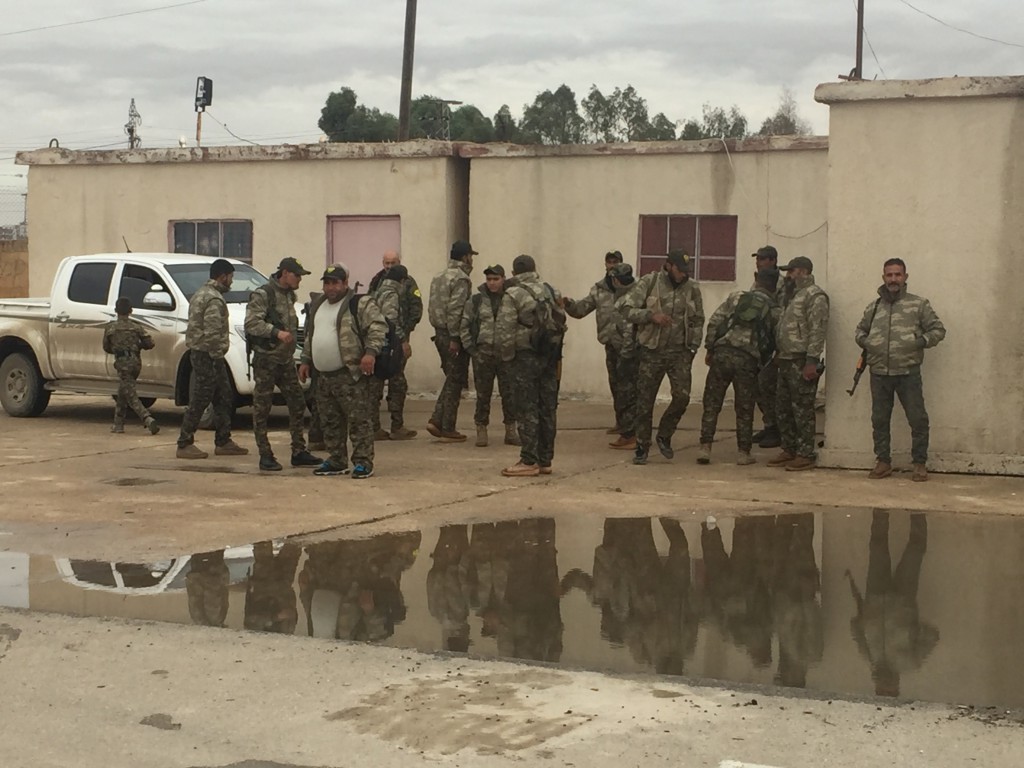
We all hop out of the taxi and approach the YPG outpost through a tangle of tank traps, concrete barriers and mud. The fighters at the gate are older than most I’ve met before, with graying beards, dark, tanned skin, and wrinkles. First thought, these guys look tough, real tough. We shake hands and when they find out I’m an American, one goes to tell the Commander. He returns with a tall well-built balding man, with clear grey eyes. We shake hands and he introduces himself. He is the Commander of the Qamishli Cizere Canton T.S. Cemal (Martyr Cemal) commando with approximately 400 fighters (4 Companies). He invites us in for coffee or tea, and to meet the fighters. What the hell. I’m late for my interview, it’s chilly — a coffee would be nice, I want to meet the fighters; and I like this man.
The YPG/J have developed some unique protocols regarding training, deployment, and morale. Some more facts…
1) Training for a YPG/J fighter lasts 45 days.
2) After training, the fighter is asked where and what type of duty s/he would like to do. They can opt for front-line service, tactical reserves, Turkish border patrol, internal checkpoints, or logistics and communication. The choice of duty, where to serve, and how long to serve, is solely the individual fighter’s.
3) Leave in the YPG/J varies with commando and combat situation. When idle, single men, and most YPJ fighters (who are usually unmarried) go on leave 4 days a month. Married men serve one week, and week off. When engaged in battle, leave is still offered to the fighters, but is rarely taken. One Kobane Commander joked that the seige lasted only a month because the married fighters realized that the more Daesh they killed, the sooner they would see their wives and children.
4) Food, clothing and shelter are provided to all YPG fighters, they also receive compensation amounting to about $100/month — for odds and ends, cigarettes, candy, amusement, travel, what have you. This seems small by US standards, but in Rojava it can go a long way. I pay about one dollar for a pack of Gauloises Blondes, and a kilo (2.2 pounds) of candy will set you back $0.75.
The Commander and I talk as we set off to the barracks. He tells me the men are rested, ready to fight, though the area has been quiet for months. The commando deploys, on a revolving basis, 15 fighters per week to the front. He has only one new recruit, a boy of 16, who left Aleppo and crossed Daesh lines to join the YPG. Breakfast is over and the fighters are lounging near the barracks. They see the Commander and me moving towards them and a few start walking over, then more follow. I introduce myself through Mohammed, they seem surprised that an American would visit; one or two look down, boots shuffle in the mud. I move closer and start shaking hands, I look in their eyes, I mumble thank you in English. The fighters nod, they smile, they get it. One or two say in Kurmanji, “You are welcome.”
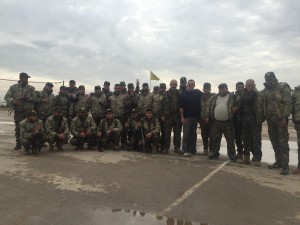
I ask if I can take some pictures, the Commander maneuvers the fighters onto the tarmac to a spot in front of a large YPG flag snapping in the wind. A few photos, and as we walk off for coffee several of the less shy militiamen grab my arm and ask for individual or group photos. I stand with the men, arms on each other’s shoulders, we smile at the camera. In that moment one word flashes into my mind like summer lightning; a Spanish word, from a different insurrection and a different time, Hermanos.
A table is brought out and several cups of steaming, brackish Turkish coffee are set. Mohammed, the taxi driver, the Commander and I sit and drink while the fighters stand and look on. I ask some questions. Most are from Cizere, many from the city of Qamishli. They tell me that their fight isn’t just for the Kurds, but for the whole world. And not just to defeat Daesh, but to win a Revolution. They want me to understand this. That it is important. I tell them I do understand. I tell them I believe it also.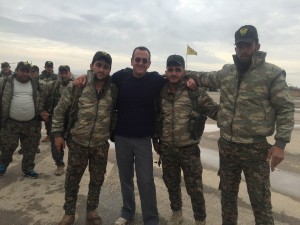
The cups are drained, time to go. I rise and thank the Commander again. He thanks me, and walks off to his duties. I begin shaking hands with the militiamen, saying thank you to each one, holding eye contact. Now, I need them to understand. The fighters form a line as I move so I can spend a moment of time with each of them. As I pass down the row it feels like a chunk of steel has settled in my heart. The first older soldier we met has been by my side the entire time. He follows us to the taxi. I extend a hand and to show our mutual respect, we kiss each other on the right cheek, the left cheek and then the left shoulder.
Back in the car I start thinking about the HCP interview up ahead, and then my eye catches the yellow YPG flag, still dancing in the morning breeze. There is a popular song in Arabic which include the lyrics, “God save the YPG; they protect the people; Arab, Kurd and Christian are brothers, they protect the land and grow hope.” And I think to myself: yes. Protect this militia of individuals who fight with their whole heart, who are fearless, who are kind, who grow hope, and who I have known for a short time as brothers. May their desires, for peace, for freedom, to be with their families and friends, become reality.
I looked at the taxi driver motioning forward with my hand and said, “So?”
He fired off some rapid Kurmanji to Mohammed who translated,” He said you forgot to ask about the HPC address…”
